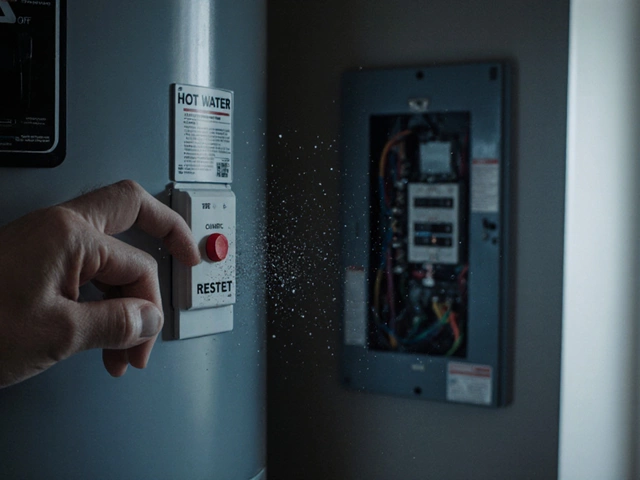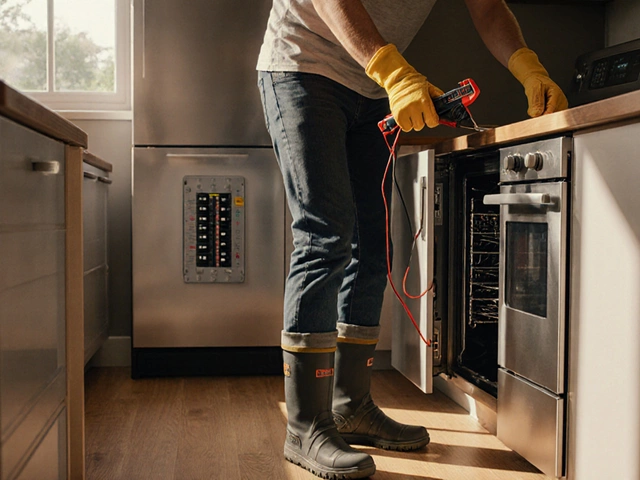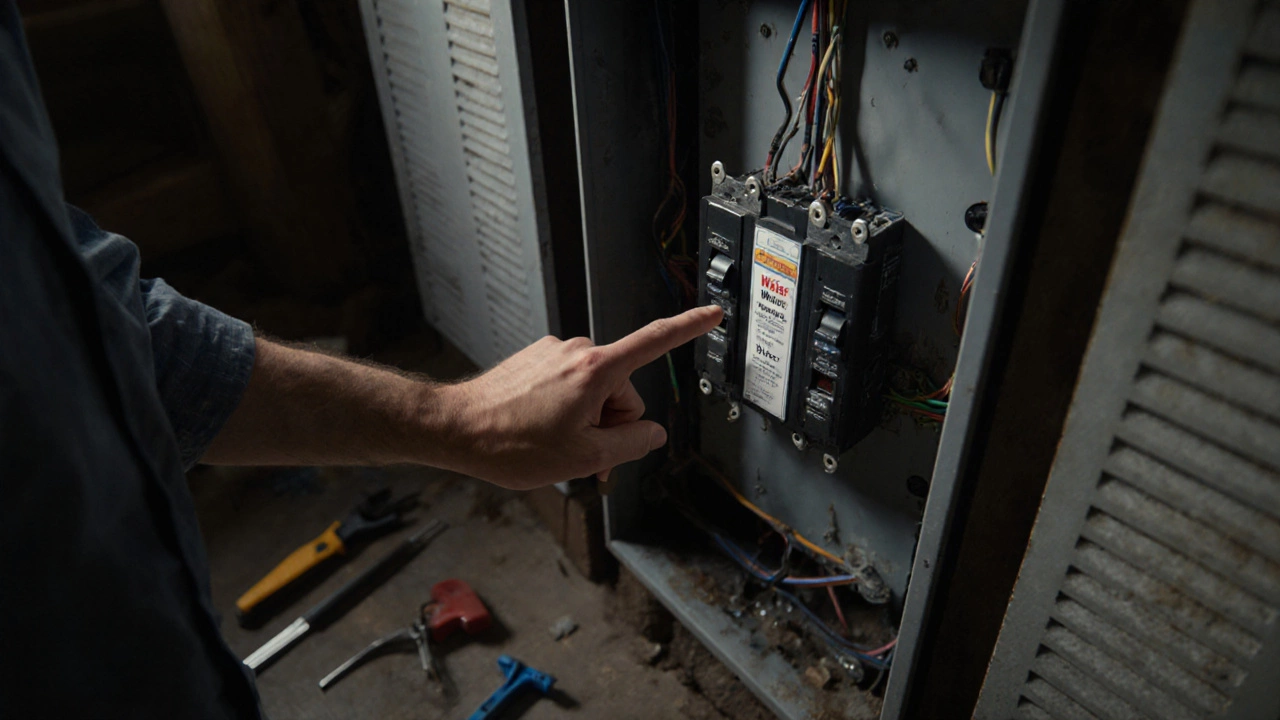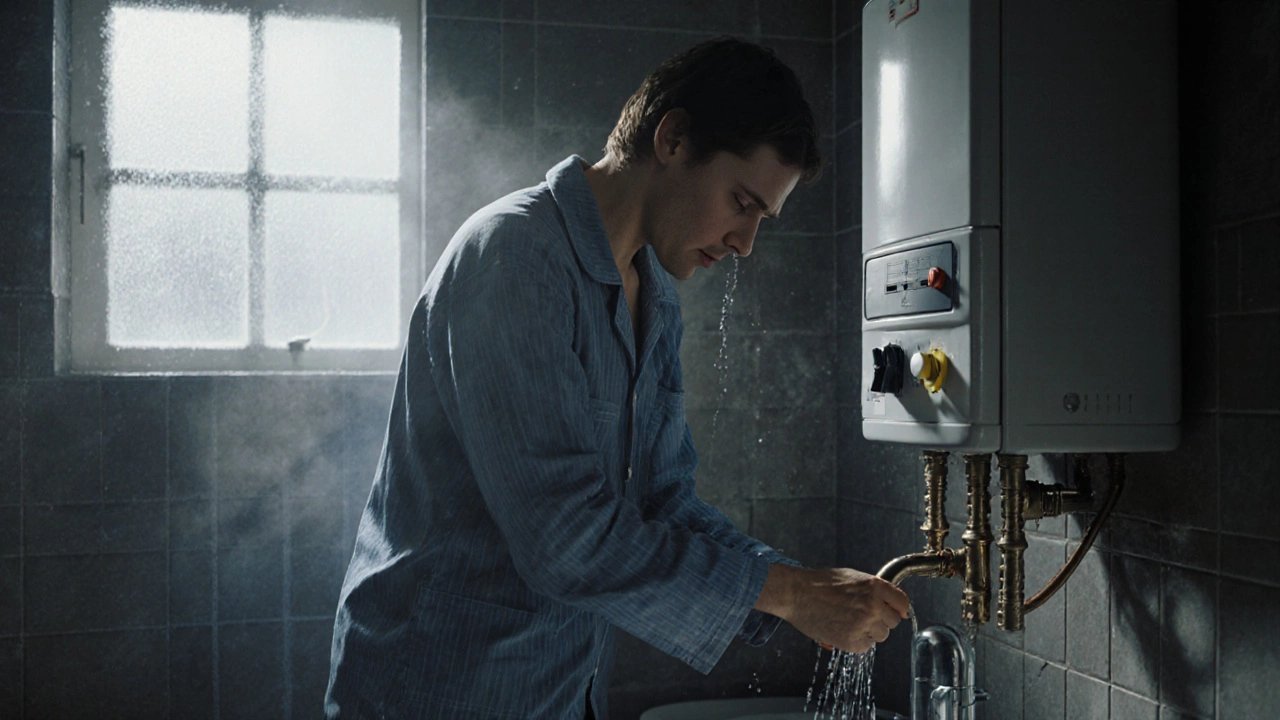No Hot Water? Simple Steps to Get Your Hot Water Back
Waking up to a cold shower is frustrating, but most no‑hot‑water problems are fixable without a full replacement. Below are the easiest checks you can do yourself, plus clear signs it’s time to call a qualified technician.
First‑Check Checklist
1. Power or gas supply – If you have an electric heater, make sure the circuit breaker hasn’t tripped. For a gas unit, verify the gas valve is open and the pilot light (if it has one) is lit. A simple reset button on many modern units can also restore power.
2. Thermostat setting – The thermostat might have been knocked down accidentally. Raise it a few degrees and see if the heater kicks on. Some models have a “vacation” mode that disables heating.
3. Reset button – Look for a red reset button on the heater or boiler. Pressing it can clear an internal error and restart the system.
4. Water pressure – Low pressure can stop a boiler from firing. Check the pressure gauge; most units need 1–1.5 bar when cold. If it’s low, bleed a radiator or add water via the filling loop according to the manual.
5. Leaks or blockages – Inspect visible pipes for drops or rust. A leaking pipe can let cold water sneak in, lowering the temperature. Also, make sure the water inlet filter isn’t clogged.
When DIY Isn’t Enough
If the quick checks don’t restore heat, the issue is likely inside the heater or boiler – things like a faulty thermostat, a broken heating element, a cracked heat exchanger, or a worn‑out pump. These parts require tools, expertise, and safety precautions. Calling a professional saves time and prevents accidental damage.
Another red flag is repeated loss of hot water after a short period of use. This often points to a failing gas valve or a bad immersion heater that needs replacement. Also, if you notice strange noises, foul smells, or water pooling around the unit, shut it off immediately and arrange for a service call.
Regular maintenance can keep hot water problems at bay. Schedule an annual visit for a boiler service, clean the burner, flush the heat exchanger, and test the pressure relief valve. For electric heaters, a yearly inspection of the heating elements and connections helps catch wear early.
In short, start with the basics: power, thermostat, reset, pressure, and leaks. If those don’t work, it’s time to let a qualified repair service handle the job. Getting hot water back quickly means less hassle, lower energy bills, and a safer home.











